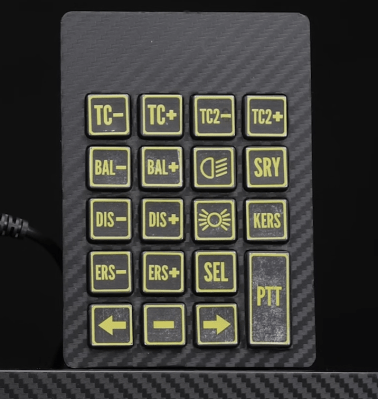Usually, if something is tiny, it’s probably pretty cute to boot. [Luke J. Barker]’s lunar navigation game is no exception to this unwritten rule. And as far as contest rules go, this one seems to fit rather nicely, as it is tiny on more than one level.
Moon Base P (for Puppies) is built upon a XIAO ESP32-C3, an SSD1306 OLED display, and a single button to keep the BOM tidy. In this riveting side-scroller which sort of marries Lunar Lander and Flappy Bird, the top bar is always yellow and displays fuel and such, and the bottom is a rough, blue lunar surface over which you must maneuver your lunar lander. Keep pressing the button to stay up and avoid mountains, or let off the gas to cool the engine.
Fly that thing over the terrain, avoiding stray meteors and picking up free fuel, and then land gently at Moon Base P to save the stranded puppies. But you must keep flying — touch down anywhere but where you’re supposed to, and it’s game over! Once you’ve picked up the puppies, you must fly them safely onward to the rescue pod in order to win. Don’t miss the walk-through and demo after the break.
Continue reading “2024 Tiny Games Contest: Save The Stranded Puppies Of Moon Base P!”



















